
Thought we could all use a break from the travel posts! So here is a recipe for Javanese sambal, which I made for the first time recently. Sambal is a chili paste, and most people are probably familiar with it in the form of the Sriracha or sambal oelek — that ubiquitous condiment at pho restaurants and Chinese hole-in-the-walls, and now even affectionately dabbed on pizza and burgers. There are a great many varieties of sambal, both raw and cooked. The Javanese version is slowly sauteed into a thicker and richer paste than the raw, more liquidy, and slightly sour versions of Malaysia, Singapore, or Vietnam.
My husband isn’t as much of a Southeast Asian food fanatic as I am, so I was surprised when earlier this week, tired of the fish sauce we normally dip wraps into, he reached for this sambal instead. It’s too chunky to really dip into, but I know why he loves it — he’s always been unenthusiastic about my penchant for sour, sour foods, preferring sweet instead. And this sambal definitely has a subtle sweetness to it, not only from the palm sugar but also the slowly caramelized shallots, garlic, and chilies. My current favorite breakfast is poached egg with a dollop of this Javanese sambal.
Javanese Sambal (Sambal Bajak)
Adapted from James Oseland’s Cradle of Flavor
Makes about 1/3 cup
I used the dried shrimp paste (belacan) I got in Malaysia, which is earthier than the wet jarred shrimp paste more readily available at Asian supermarkets here. The texture of dried shrimp paste is a lot like clay — it crumbles easily and can also be molded, as in this recipe, which asks that you press it into a disk. Shrimp paste is pungent in any form, especially when heated, so consider yourself warned!
Palm sugar (gula malacca) is made from the sap of the date or coconut palm and often comes shaped in hard cylinders or disks. It can be shaved or cut, and the taste resembles that of maple syrup or butterscotch. Dark brown sugar can be substituted if palm sugar is not available.
This sambal can be served with virtually any savory dish. It’s a natural accompaniment to noodle soups, rice, or grilled meat. I think it tastes great with eggs in any form and would probably be nice spread on crusty bread served with soup. The original recipe says it will store for 1 week in the fridge, but I’ve heard it can last up to 3 months in the fridge. It is also freezable, which would allow you to make this in larger batches to save for later.
2 Tbsp peanut or canola oil
1/2 tsp dried shrimp paste (belacan), pressed into a disk (or substitute jarred shrimp paste)
3 shallots, coarsely chopped
2 cloves garlic, coarsely chopped
6 fresh Holland or Thai bird chilies (or other fresh long, red chilies such as Fresno or cayenne), stemmed and coarsely chopped (you can also deseed for less heat)
1/2 tsp palm sugar, thinly sliced, or substitute dark brown sugar (for a slightly sweeter sambal, double the sugar)
1/4 tsp kosher salt
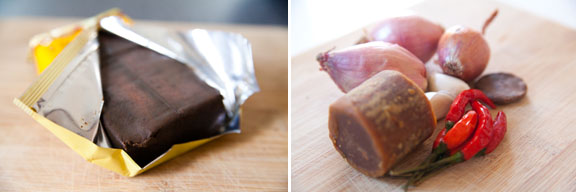 Block of dried shrimp paste or belacan (left) and ingredients for sambal (right).
Block of dried shrimp paste or belacan (left) and ingredients for sambal (right).
1. Heat the oil in a non-stick skillet over medium heat. Add the dried shrimp paste and saute it, turning it over a few times until both sides have golden brown spots around the edges. If it breaks apart, just continue sauteing until all the pieces are edged with golden brown. Remove the dried shrimp paste from the oil with chopsticks or a slotted spoon. Let it cool for 1 minute. Take the oil off the heat and set aside.
2. Place the sauteed dried shrimp paste, shallots, garlic, chilies, palm sugar, and salt in a small food processor. Pulse until you have a chunky-smooth paste the consistency of cooked oatmeal. (Alternatively, you can make this the traditional way, pounded with a mortar and pestle.)

3. Reheat the oil in the skillet over medium-low heat. When the oil is heated (test to see if it sizzles gently when a bit of paste is added), add all of the paste and saute, stirring occasionally to prevent sticking, until most of the liquid from the chilies and shallots has evaporated and the paste begins to separate from the oil — about 9–14 minutes. The aroma should be subtly sweet, not harsh and oniony, and the color should be a few shades darker than when the paste was raw. Taste for salt, and add a pinch more if needed. Serve at room temperature.


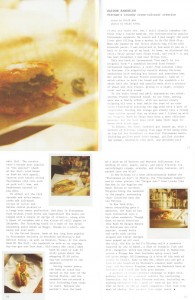
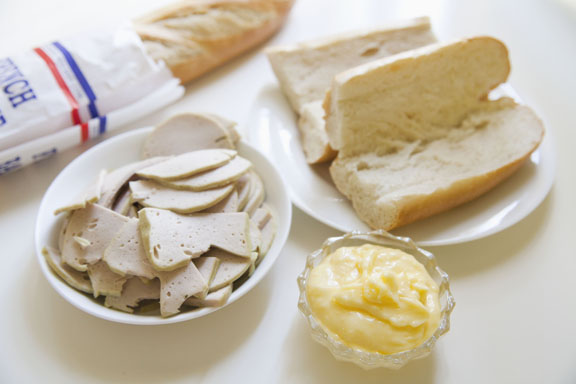

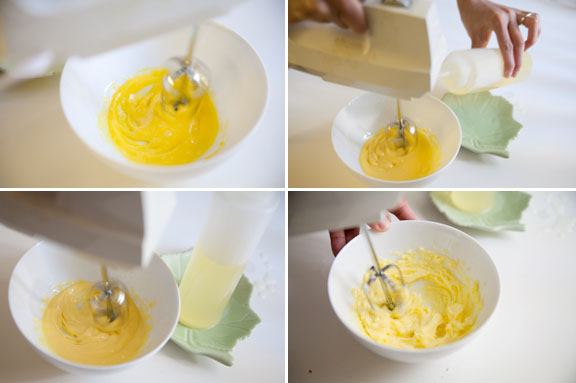
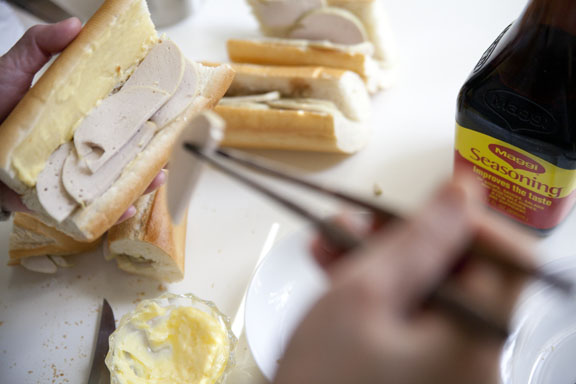













Connect with us